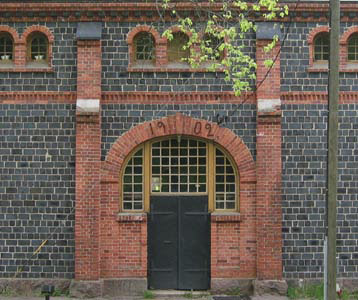thankful

A Happy Thanksgiving to all my American blog friends and readers! I’m enjoying reading some of your thanksgiving posts. Many count the blessings in their lives, or the things they love about Thanksgiving. Here’s Patry’s number 4:
“Traditions. In our family, we all write down one thing we’re thankful for and put them into a cup. Just before dinner, we take turns drawing one out, reading it aloud, and guessing who said it. One rule: you can’t say anything you used in a previous year. (That prevents boring people like me from saying “my family” every time.)”
This made me think of my own family and one Canadian Thanksgiving (in October) a few years ago. We decided to do something new – we all held hands around the table and each in turn said what he or she was thankful for. Our grand-daughter, perhaps three years old then, remembered this and always asks to do this at every big family dinner. A new tradition started by a grandchild and remembered year round – how wonderful is that?









